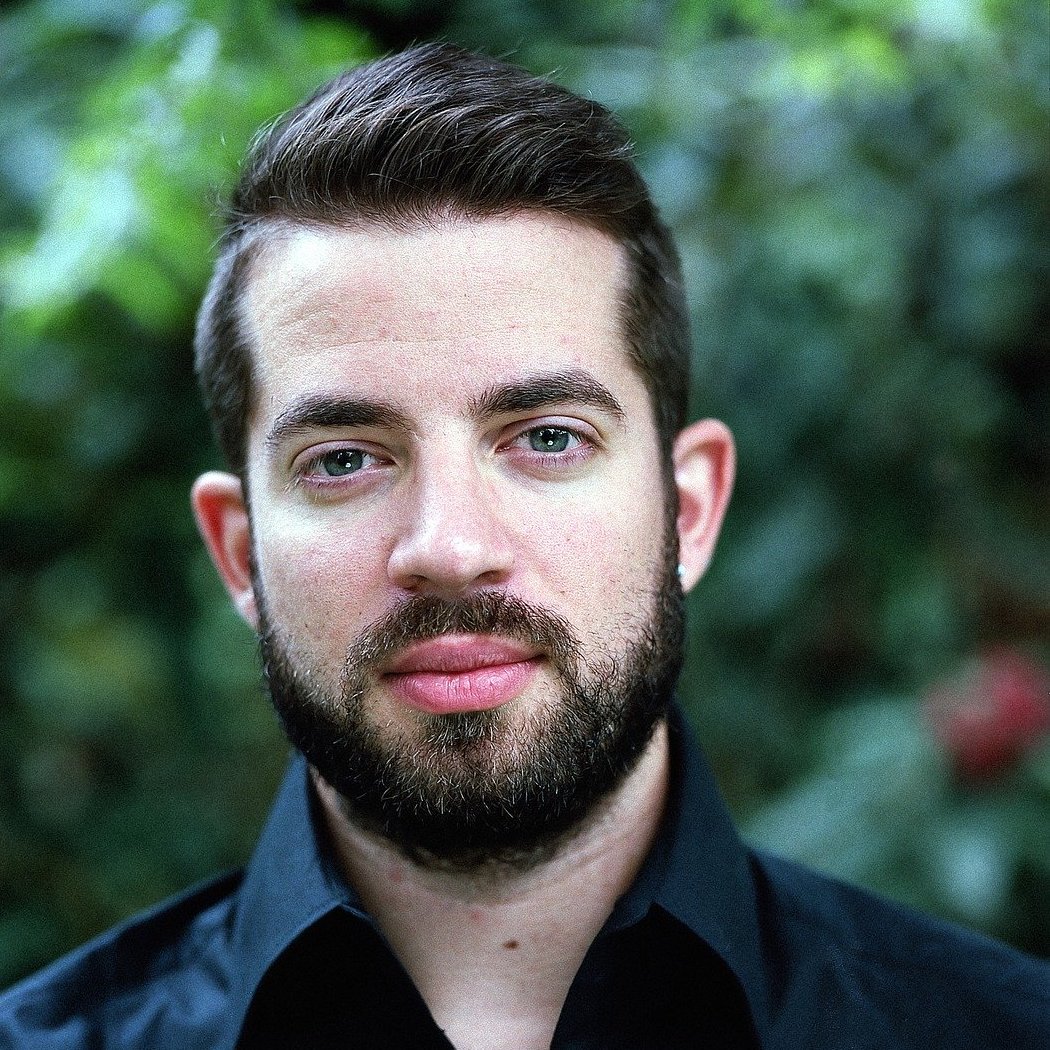Montaigne
An Author Profile

By Matt McKeown
Belief and skepticism strike us as opposites, but paradox is a familiar element in belief.
As we know, the sixteenth century was a time of immense religious and political upheaval in western Europe. The Alhambra Decree of 1492 had forced all the Jews in Spain to convert to Christianity or be expelled from the country, the Protestant Reformation began in 1517, the soldiers of the Holy Roman Emperor sacked the Vatican in 1527, and King Henry VIII of England instituted a national church under his own control; and while France, Spain, England, Sweden, and a host of lesser powers vied with each other for ascendancy in the continent, the Ottoman Empire marched inexorably westward. Throughout the last third of the century, France was ravaged by religious wars between the Catholic establishment and the Huguenot challengers led by Henri of Navarre—who, on taking the throne in 1598, promptly became a Catholic.
It was into this chaotic world that Michel de Montaigne was born, in 1533. In a way, he summed up the contradictions of the period in his person: his mother was a Protestant and his father a Catholic, and both were descended in part from Spanish Jews who had converted to Christianity; a minor member of the nobility, his parents fostered him with a peasant family for his first few years, in order to instill in him a responsible attitude to the poor; a Frenchman in an age when distinct national identities were growing stronger, his father saw to it through his choices of tutors and servants that his first language was Latin, the international language of both humanist scholarship and the Catholic Church. By his mid-twenties, Montaigne was appointed to a provincial court, and not long thereafter he spent two years as an active courtier of King Charles IX. He remained a respected statesman throughout his political career, which included serving for several years as mayor of Bordeaux, and strove to harmonize between the Huguenots and Catholics, earning the respect of both parties.
But in 1571, he withdrew from public life completely for almost a decade. Living in comfortable solitude, he produced the Essais, a series of rambling meditations on a vast variety of subjects. This work pioneered the literary form of the essay (though it was often criticized as self-indulgent at the time), and went on to influence many names on our own Author Bank, including Blaise Pascal, Voltaire, Edward Gibbon, St. John Henry Newman, and Charles Darwin.
Que sçay-je?
What do I know?Michel de Montaigne
The Essais are a heterogeneous collection: individual essays have titles ranging from “Of Idleness” to “Of Cannibals” to “Of Thumbs.” His stated aim was to describe himself, and humanity in general, with complete accuracy. Among other things, this involved frank discussions of how deeply he loathed the religious conflicts of his day; he did not believe humans could attain absolute certainty about things, endorsing a form of skepticism known as Pyrrhonism, which claims to promote personal tranquility by reserving judgment about anything that is not obvious. His famous motto, “Que sçay-je?“, comes from this outlook. In some ways he anticipated the tolerant humanism of the Enlightenment.
But unlike many scholars of the Enlightenment, despite his very justified exhaustion with sectarian violence, Montaigne did not retreat from religion. Far from it; his dying request was simply to hear Mass (quite literally, as he died during the liturgy that was said at his request). And for all his intellectual skepticism, he brought the Essais to Rome for doctrinal review on his own initiative, and was allowed by the Vatican to decide for himself whether to revise its contents. Charles Williams, a friend of Dorothy L. Sayers and C. S. Lewis, described him thus in The Descent of the Dove:
He found two sources of the world’s distresses: “Most of the world’s troubles are matters of grammar,” and “The conviction of wisdom is the plague of man. That is why ignorance is so much recommended by our own religion, as a fitting element of faith and obedience.” Is that ironical? to call it so and not to call it so are alike false. Gibbon in England, two centuries later, touches the note again sometimes in the Decline, but then from other sentences we know that, at bottom, he means only to sneer, and so the grand value of the ambiguity is lost.
It would be inadequate to call this atmosphere a sense of humor, but “seeing the funny side” of sincere belief is an almost-satisfying articulation of this quality of mind. The pained and passionate context of the cry “Lord, I believe; help thou mine unbelief” has its own legitimacy, but we can recognize at the same time that it is a ridiculous thing to say. In Montaigne, we get the sense that this suspension between the two sides of a paradox is deeply human, something we can share with our fellow man no matter how different we are; where conviction and skepticism meet, there too one mind can meet another.
___________________________________________________________________________________
Every week, we publish a profile of one of the figures from the CLT author bank. For an introduction to classic authors, see our guest post from Keith Nix, founder of the Veritas School in Richmond, VA.
If you liked this piece, you might also enjoy our “Great Conversation” series, covering the history of ideas from chance to time to beauty. Or if you’re looking for some culture-on-the-go, try our weekly podcast, Anchored, hosted by our founder Jeremy Tate.
Page image of the rose window in the west portal of Reims Cathedral, France (source).